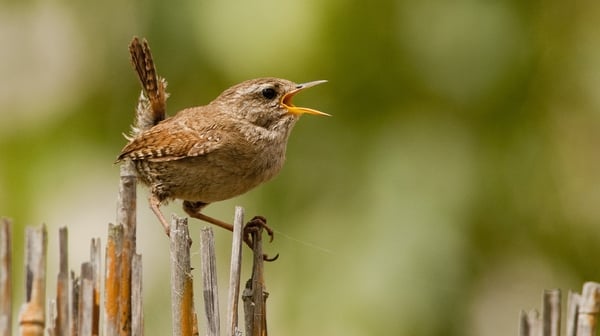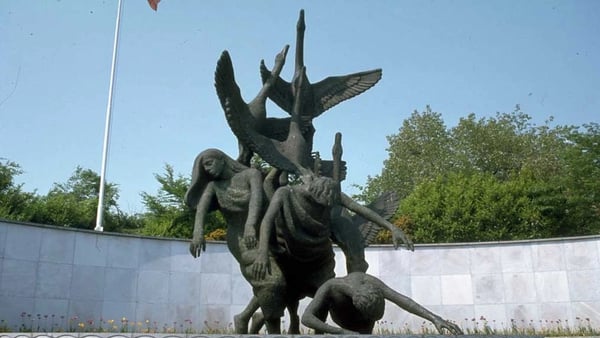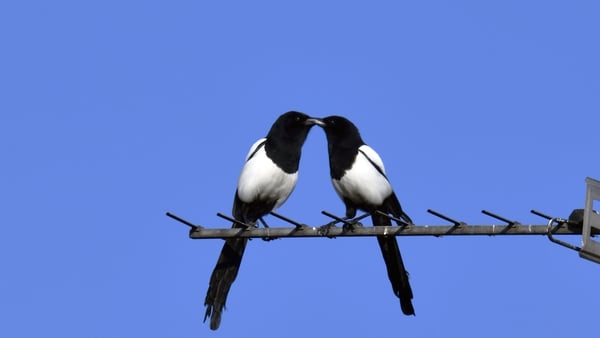Analysis: the roots of "Ring a Ring a Rosie" lie in the devastating events around the Black Death
The first thing we learn in childhood are the rhymes, popularly known as nursery rhymes, which include "Jack and Jill", "Baa Baa Black Sheep", "Ring a Ring a Rosie", "Humpty Dumpty" and many more. These rhymes are fun to learn and we use them while playing in a group. They are taught in many different versions with slight changes according to different histories or cultures. Quite innocently, these are taught to children since time immemorial and we all innocently learn them without asking "what do they mean?"
If we look for answers, we will find out that these were the common songs among people who wanted to talk about a prevailing situation which was later developed into rhymes. A folksong (folk refers to people) is a song that is passed on through word of mouth which is subject to change each time it is passed on to someone else. These communal songs were a way for people to communicate with each other during times of crisis, sharing stories of death and ruin in a country such as England or across Europe. These rhymes tried to express the deeper truth.
Look at the version of the most famous rhyme in England. "Ring a Ring a Rosie" or "Ring Around Roses" which talks about the Black Death which occurred from 1347 in England and Europe. This plague was caused by a bacteria named Yersinia Pestis and resulted in the death of a quarter of England's population. Also known as the Bubonic plague, it caused red rings in the armpits and groin area (bubo means groin). The rhyme was first written down in 1881, but has been in circulation since the plague.
We need your consent to load this rte-player contentWe use rte-player to manage extra content that can set cookies on your device and collect data about your activity. Please review their details and accept them to load the content.Manage Preferences
From RTÉ Radio 1's Ray D'Arcy Show, the dark origins of nursery rhymes
The first line ("ring - a ring - a Rosie") describes the symptoms such as the red ring rashes or red inflammation that occured on skin during this plague. The bacteria which caused the plague was known to have been spread by fleas which came with the black rats that travelled on the merchant ships.
The second line ("a pocket full of posies") refers to bunch or bouquet of flowers. Here, flower means the herbs which were used to treat the disease. People used to carry a pocket full amount of those herbs and perfumed oils to keep themselves safe from the attack of the disease and to ward off the disease from person already suffering.
The third line ("a-tisooh A- tisooh!") refers to the sneezing of an infected person due to the plague. In some version, "ashes! Ashes!" is used to indicate how the nation was turning into ashes due to this plague because millions of people were dying.
We need your consent to load this rte-player contentWe use rte-player to manage extra content that can set cookies on your device and collect data about your activity. Please review their details and accept them to load the content.Manage Preferences
From RTÉ 2fm, Aifric O'Connell on the true stories behind your favourite nursery rhymes
The final line of the rhyme ("we all fall down") indicates the falling down of London. While performing this rhyme, all the kids innocently enact the deaths of those who perished during the plague. The fall down signifies the eventual falling down of the nation, population, social and economic wellbeing and power due to the destructive plague.
The plague caused millions of death which resulted in a decline of the world's population from 475 million to 350-375 million, something which took almost 200 years to recover. During the 1330s, England was ruled by King Edward and got involved in a war with France, ruled by Philip IV, which was the Hundred Years' War. Those wars and the Black Death resulted in the falling down of the entire English nation. All these nursery rhymes carry a deeper meaning within and are a part of folklore which is the collective people’s knowledge.
The views expressed here are those of the author and do not represent or reflect the views of RTÉ







